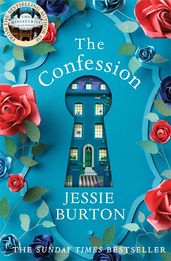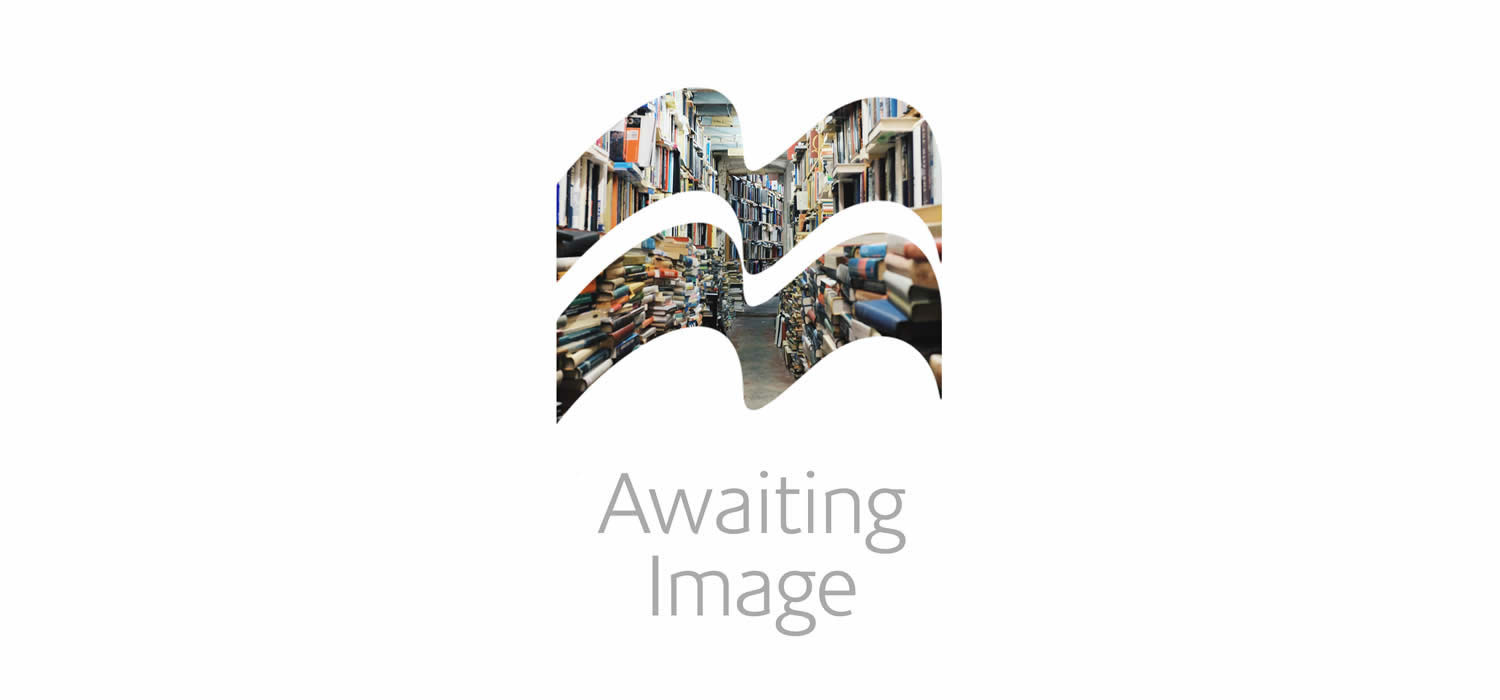Home is where the heart is: Anita Sethi on Jessie Burton’s books
Anita Sethi delves into the world of Jessie Burton’s novels The Miniaturist, The Muse and The Confession.

Jessie Burton is the author of three bestselling novels – The Miniaturist, The Muse and The Confession – each with a unique sense of time and place and with a strong female character at their heart. The importance of home and the creative impulse of Jessie’s characters are universal themes which resonate with readers around the globe, writes Anita Sethi.
In the heart of Amsterdam, I gazed into the intricate, impressive doll’s house in the Rijksmuseum made by a cabinetmaker for Dutch noblewoman Petronella Oortman in the 17th century, and it was easy to see why it inspired The Miniaturist by Jessie Burton. That book sold over a million copies in its year of publication, was Christmas no.1 in the UK, National Book Awards Book of the Year and Waterstones Book of the Year 2014, and was shown as a two-part mini-series on BBC One starring Anya Taylor-Joy, Alex Hassell and Romola Garai.
Gazing at the magnificent creation made me think about the theme of home and the spaces we inhabit, so resonant throughout Burton’s work, from the doll’s house to Constance’s pad in Hampstead in Burton’s latest novel, The Confession. Her tactile writing vividly explores the objects we live with, and what separates human being from object. Burton’s themes of home, creativity and freedom are so universal that it’s little wonder her work has been translated into almost 40 languages.
One of the joys of reading is its capacity to transport us to other times and places – and Burton does that so well with her evocative historical settings, taking the reader to 17th-century Amsterdam, 1930s civil-war Spain, 1960s London and Hollywood. Burton shows both the idiosyncrasies of different eras, and what connects and unites us across ages and places.
Strong female characters, and the importance of creativity within their lives, fill the pages of Burton’s novels. What conditions are needed for creativity to flourish? What is the source of artistic inspiration? Does the ancient belief in a “muse” still hold true? Such are the musings at the heart of Jessie Burton’s gripping work. Whilst a doll’s house is a guiding image of her debut, a long-lost painting connects the story strands in Burton’s second novel The Muse. The Muse opens in July 1967, with a new beginning for the 26-year-old Caribbean narrator Odelle Bastien. She is finally leaving behind her tedious job in a shoe shop to work as a typist at the Skelton Institute of Art – in the five years she has been living in the UK since sailing to London from Trinidad, she has fruitlessly applied for many jobs and the art gallery job is a big break.
Not only does Burton explore homes and houses so well – but also the relationships that grow and change within them: Odelle fears the prospect of living alone, since her flatmate Cynth, with whom she came to England, is getting married. But at Cynth’s wedding, Odelle meets Lawrie, who introduces her to the painting at the heart of the plot, in a story also sensitively tackling topics of loneliness, racism and alienation.
All of Burton’s work brilliantly explores the writing and creative processes themselves. Odelle has a long-held “dream of writing”, which is finally nurtured by her new boss. “I had been struggling with my writing for months. I hated every word that came from me. I couldn’t let any of it breathe,” Odelle admits. Burton breathes life into the words on the page, even as she writes about her character’s struggle with her craft, in a story about the intriguing relationship between an artist and their creation. Odelle explains: “I’d been writing for so long for the particular purpose of being approved that I’d forgotten the genesis of my impulse; unbothered, pure creation, existing outside the parameters of success and failure.” Reading these novels, the reader feels that joy of the act of “pure creation,” beyond the burdening expectation of success, which ironically makes the work achieve such success.
I think again of the doll’s house in the museum and the sense of multi-layeredness within it, of secret hidden chambers and more metaphorical hidden emotional lives, how homes and houses are teeming with secrets including that burning desire for creativity. The uncovering of secrets was a narrative device in The Miniaturist that is also paramount in The Muse (for Olive, secrecy is “the point at which she began to create”) and crucial to The Confession. It’s one of the things that keeps the reader hooked in the reading process, the delicious unfolding of the secret.
Reading Burton’s work feels like inhabiting a unique space, of walking through rooms and chambers, filled with light and shade, and hidden corners – it reminds us that books themselves can be homes of a sort, for our minds and souls.
The Miniaturist

This gripping debut novel is a story of love, obsession and betrayal. When eighteen-year-old Nella Oortman arrives in Amsterdam to start a new life with her husband Johannes he presents her with a beautiful cabinet-sized replica of their home. As tiny additions to the dolls house are delivered, Nella begins to uncover the secrets hidden by her new family, and realises the dangers that await them all.
The Muse
by Jessie Burton
Odelle Bastian has been struggling to find her place since she arrived in London from Trinidad. Now she finally has a job at the Skelton Gallery, working as a typist for the enigmatic Marjorie Quick. But although Marjorie helps Odelle unlock her hidden potential, she remains a mystery – a mystery that deepens with the arrival of a painting with a secret history . . .
The Confession
by Jessie Burton
Jessie Burton’s spellbinding new novel is a powerful and moving story of secrets and storytelling, motherhood and friendship, stretching from the dark glamour of 1980s LA to the chilly beauty of a wintry Hampstead Heath.




